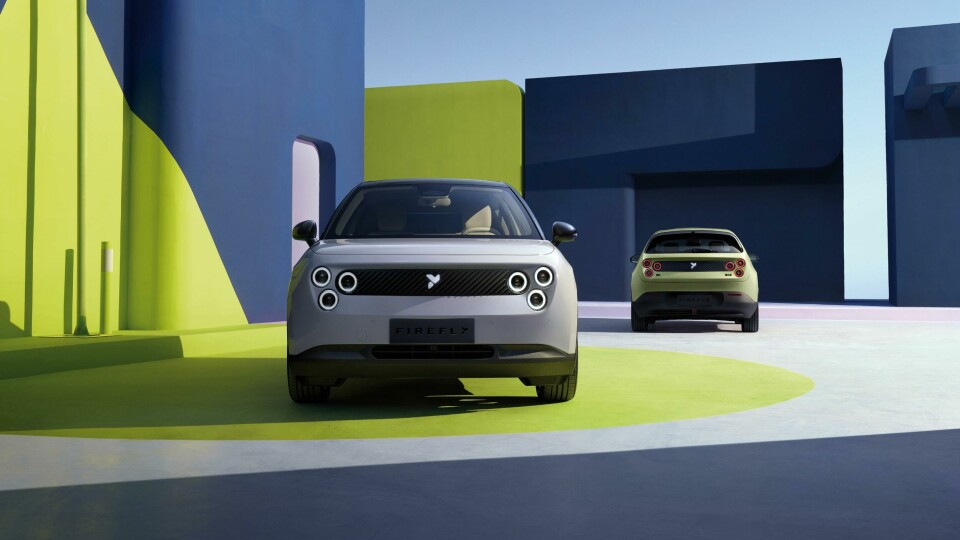
First Sight: Nio launches distinctive new Firefly brand
Nio has unveiled new brand Firefly with a B-segment vehicle featuring a European-led design, a distinctive look, and iconic ambitions. Toby Clarke was there for CDN to speak with senior VP of design Kris Tomasson
Nio has unveiled its third brand, Firefly, and with it the company’s first B-segment vehicle of the same name. With design led by the design studio in Europe, the combination of a widely appealing segment and unique design could be instrumental in Nio’s global ambitions. Ahead of its official unveil at the 10th Nio Day, CDN got an exclusive first peek at its unique exterior and spoke to the team charged with creating an icon.
As Nio’s second brand launch in just seven months, following Onvo in May, you would be mistaken in thinking the car might resemble Nio other brands, especially as Kris Tomasson, senior VP of Nio Design and chief designer of Firefly, was behind the ES6 and ES8 models. Instead, it very much walks its own path from a design perspective.
“Some of the things we did there – a sharp nose and diamond-cut hood element – you don’t see here in Firefly. It’s completely different,” he says.
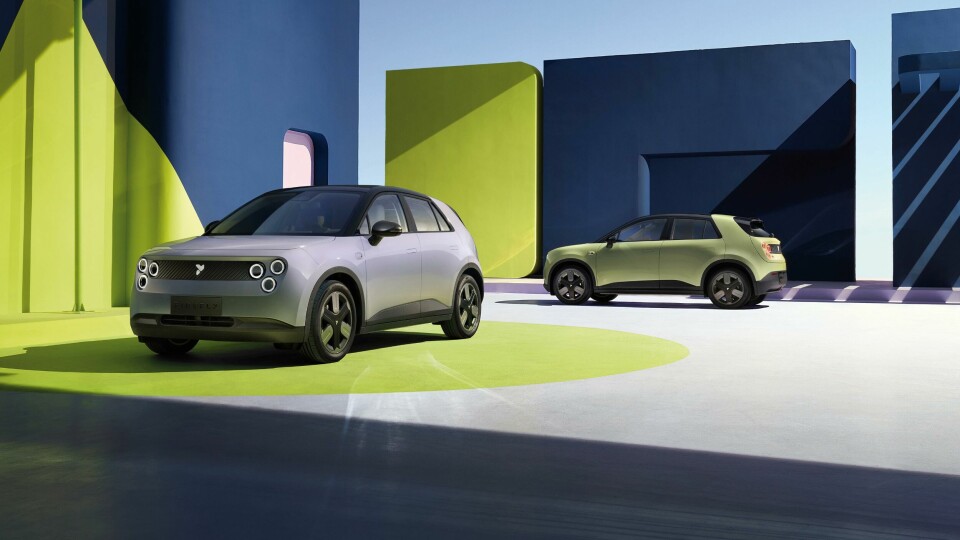
Much like its namesake, the look of Firefly has been crafted to draw your eye from the very first moment with an audaciousness that originated early on in its initial brief. “Our CEO said to me, ‘I’d love to make the next Mini or Fiat 500’ and I tried to figure out what that meant. It was really about creating an icon,” says Tomasson. “I wanted to step back and create cars that anyone could recognise. Everyone knows what it is when they see it at first glance.”
Small, electric, buzzing with energy…’Firefly’ just made sense
As the brand’s smallest and only B-segment vehicle to date, the design for Firefly was helmed by Tomasson at Nio’s design centre in Munich. “I think the expertise of small cars is still a European thing,” explains Tomasson. “With small premium cars in Europe, we also know where the downfalls are and where we want to improve them.” The team was given significant creative freedom by the engineering team to bring the vision for Firefly to life, too. “They gave us pretty much everything we wanted in terms of stance, wheelbase and overall height.”
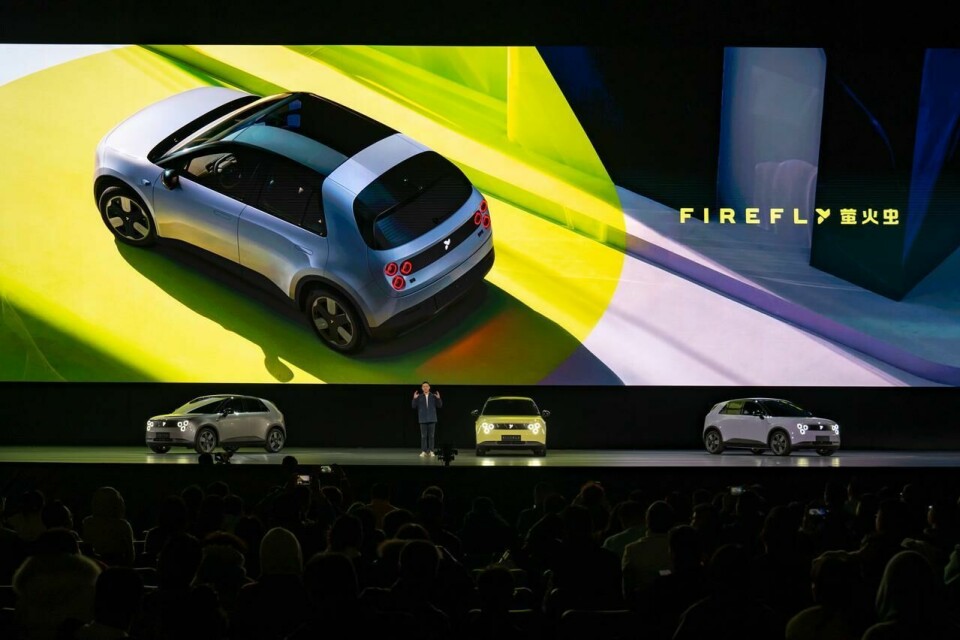
Stripping away excess to focus on fundamentals is a cornerstone of Tomasson’s design philosophy. “In many ways, car design has gone the opposite way, where they try to load more and more stuff on, and you can’t see through all the noise,” he explains. For Tomasson, creating a design that resonates and endures requires a return to the basics. “I always think that’s the key. When you distil something down to the basics, that’s what makes it more memorable.”
The Firefly project used technology as a tool to refine rather than replace the tactile art of the design process. “We use digital just to get the right proportions, make sure we’re meeting the package requirements, and then milling models in full size right away to get a feeling for the car,” explains Tomasson. The resulting profile is one that feels planted. “It’s about the stance, the proportions, making the car feel like it’s punching above its class. It has a confidence to it,” he says. “We just wanted to make the car solid, because I think that’s the aspect of making sure the car feels more premium as a small car.”
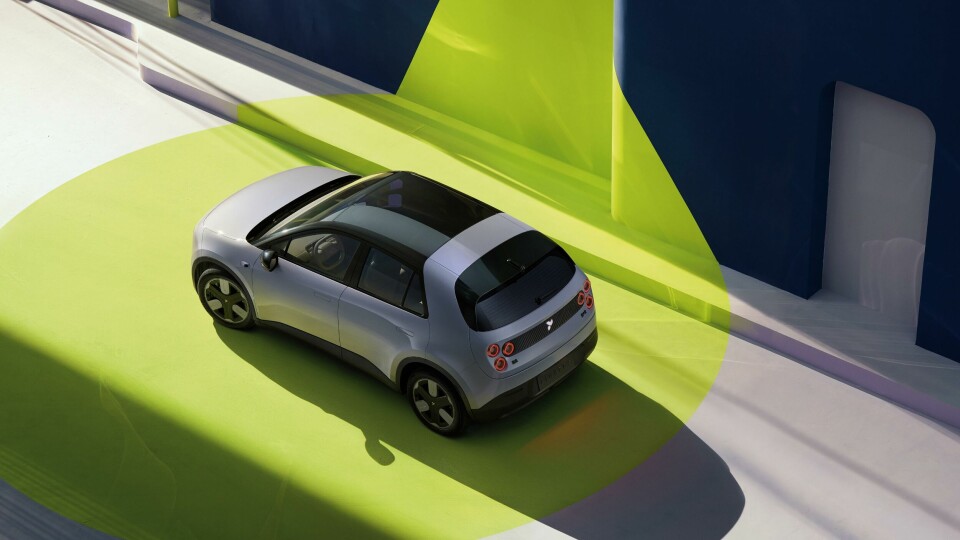
While originally just an internal codename, “Firefly” was not only retained all the way to the final production model and brand name but would ultimately be the inspiration behind many of the creative concepts as well as final design elements. “Firefly was the first thing that came to my head when I thought about something small and electric,” says Tomasson. “Firefly just makes so much sense for the car – small, electric, buzzing with energy…as well as freedom to glow and be expressive.”
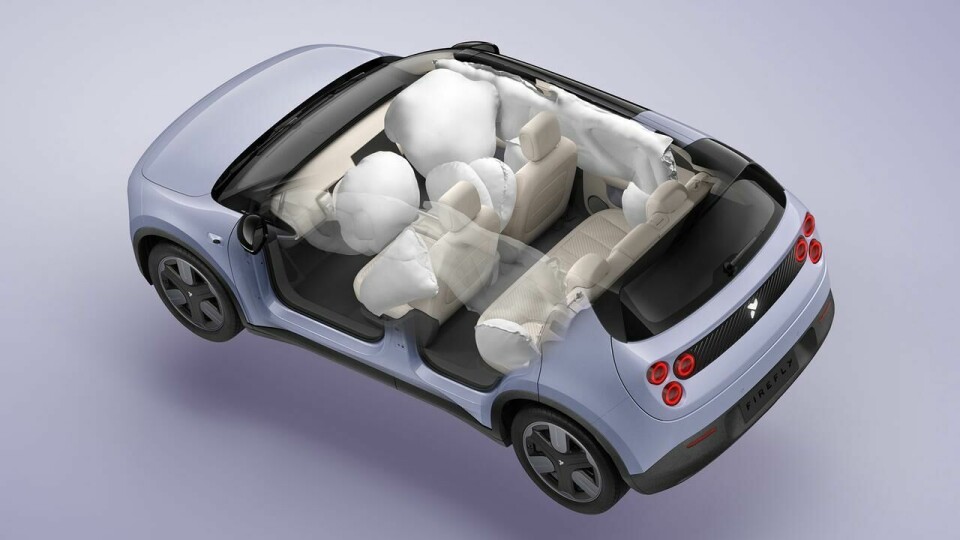
This is perhaps most obvious at the vehicle’s exterior, with both front and rear ends dominated by a highly distinctive three-ring ‘Trio Lights’, which play a central role in creating an iconic first impression and lasting resonance. Tomasson explains: “The glow is the most important element of the Firefly, so we wanted to reinforce that with our light signature.” Moreover, he notes the importance of carrying this over to the rear: “We wanted the same light signature coming and going on the car and to be unique in that way as well.”
Get the basics right – good proportions and key iconic elements
“In general, a lot of car design has gone down a path of just styling,” he adds. “There’s a lot of attention to detail, but somehow the bigger picture is gone.” To counter this trend, the design team adopted a comprehensive approach, incorporating thoughtful design elements and touches throughout its exterior. “We needed to make sure that we had a very holistic design language. So the box of elements that we could play with are similar.”
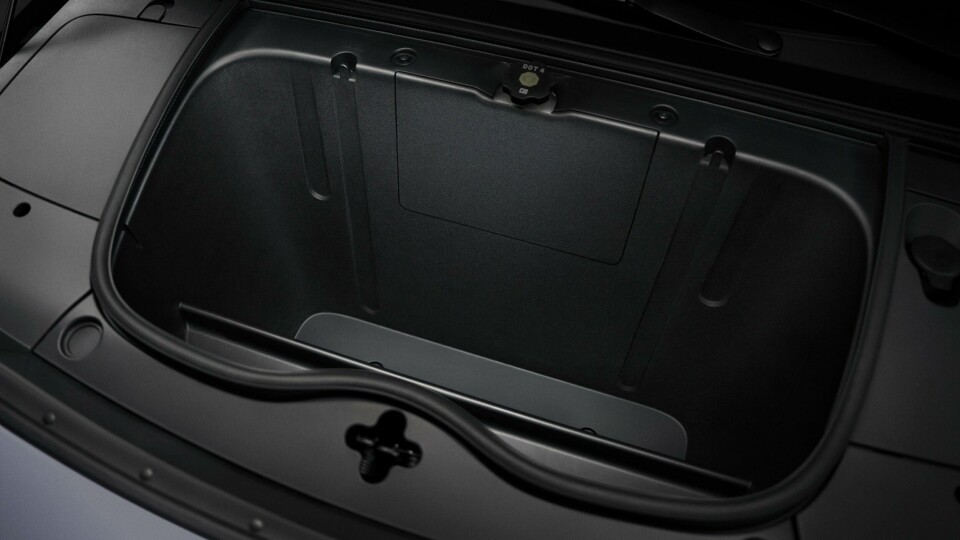
Among these design themes are the ‘pill’ shapes, the round edges an extension of the circular light signature, along with other subtle design choices that unify the exterior with thoughtful touches. The ‘trio’ theme, while most evident in the front and rear lights, can be seen in everything from the brand’s logo to specific features like the three-spoke aero wheels. “We wanted something that reflects just our key design elements, making sure it always feels holistic to the overall design language,” he says.
While specific details of the interior remain under wraps, we can expect these design themes to carry through and into the UX too. “For most cars today, the digital experience and the aesthetic experience are two different worlds. We try to blend it into one,” says Tomasson. “When we knew we could make a better digital experience, we played that up and found some unique solutions on the UI side.” Car Design News looks forward to finding out more.
Firefly will get closer to consumers in 2025, with an interior reveal estimated early in the year. Tomasson sums it up: “If you get the basics right – good proportions and some very key iconic elements – that’s the recipe.”



